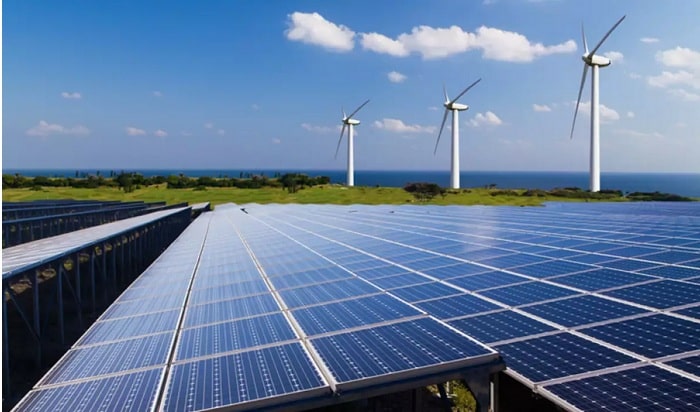TotalEnergies will provide renewable power to Amazon though power purchase agreements (PPA) in the US and Europe, while the internet retail giant as part of a strategic collaboration will help the French oil major to speed up its digital transformation.
The PPAs are for electricity from 474MW of renewable energy installations, in order to help Amazon on its path to power its operations with 100% renewable energy by 2030, and its target to reach net zero carbon emissions by 2040.
The two companies expect to expand their cooperation to the Middle East and Asia-Pacific.
“TotalEnergies is deeply committed to reducing the carbon emissions of its operations and supporting its customers to do the same around the world,” said Stéphane Michel, president gas, renewables & power at TotalEnergies.
“By signing this agreement, we are proud to enter into this key collaboration with Amazon and to accompany them on their journey to carbon neutrality.”
As second pillar of their cooperation, Amazon Web Services (AWS) as key cloud provider will accelerate TotalEnergie’s move to the cloud (internet-based servers outside the company that store data), boosting its IT transformation, and the digitalisation of its operations.
TotalEnergies said it will also evaluate AWS High Performance Computing technology to accelerate critical workflows and speed up innovation across its businesses around the world.
Amazon buys wind power in Scotland in new renewable push
Read more
“Working with TotalEnergies on innovative cloud technologies to drive reductions in carbon emissions and present new renewable energy sources is a tremendous opportunity,” said Kathrin Buvac, vice president at AWS Strategic Industries.
“This collaboration will not only accelerate TotalEnergies’ migration to the cloud but also contribute toward Amazon’s commitment to power our operations with 100% renewable energy.
TotalEnergies as part of its ambition to get to net zero by 2050 and become a wider energy company targets to boost its renewable electricity generation capacity from 7GW at the end of last year to 35GW by 2025, and 100GW by 2030.





































